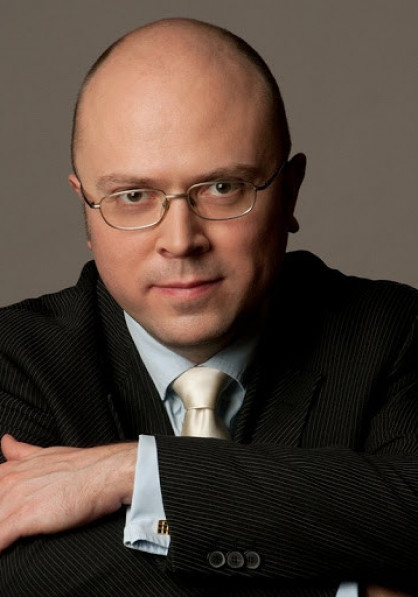Harold en Italie
Three artists' passion in a single masterpiece – could be the summary of this composition, which is a symphony, a concerto and a symphonic poem in one. It was commissioned from Berlioz by Paganini infinitely enthused by the Fantastic Symphony with the odd reservation that the composition's solo instrument should be the viola. (At the time, the viola was not considered a solo instrument, what's more, Paganini gained world fame as a violinist.) In this composition of his, Berlioz roams Italy "clothed" as Harold, Byron's hero, but in fact, he relates his own experiences gained there. A further curiosity of the piece is that Paganini did not even attend the premiere a year later; he heard the work only four years later when he was ravished by it. The public opinion of the period was much less enthusiastic, but Liszt went so far as to write an essay on it. He regarded Berlioz's composition as a very praiseworthy masterpiece, where marvellous Italy and the embittered protagonist could encounter one another.
The work consists of four movements, each with a "programme" of its own:
I. Harold in the mountains. Scenes of melancholy, happiness and joy. Adagio – Allegro
II. Procession of pilgrims singing the evening hymn. Allegretto
III. Serenade of an Abruzzi-mountaineer to his sweetheart. Allegro assai
IV. The brigands' orgies. Reminiscences of the preceding scenes.Allegro frenetico









